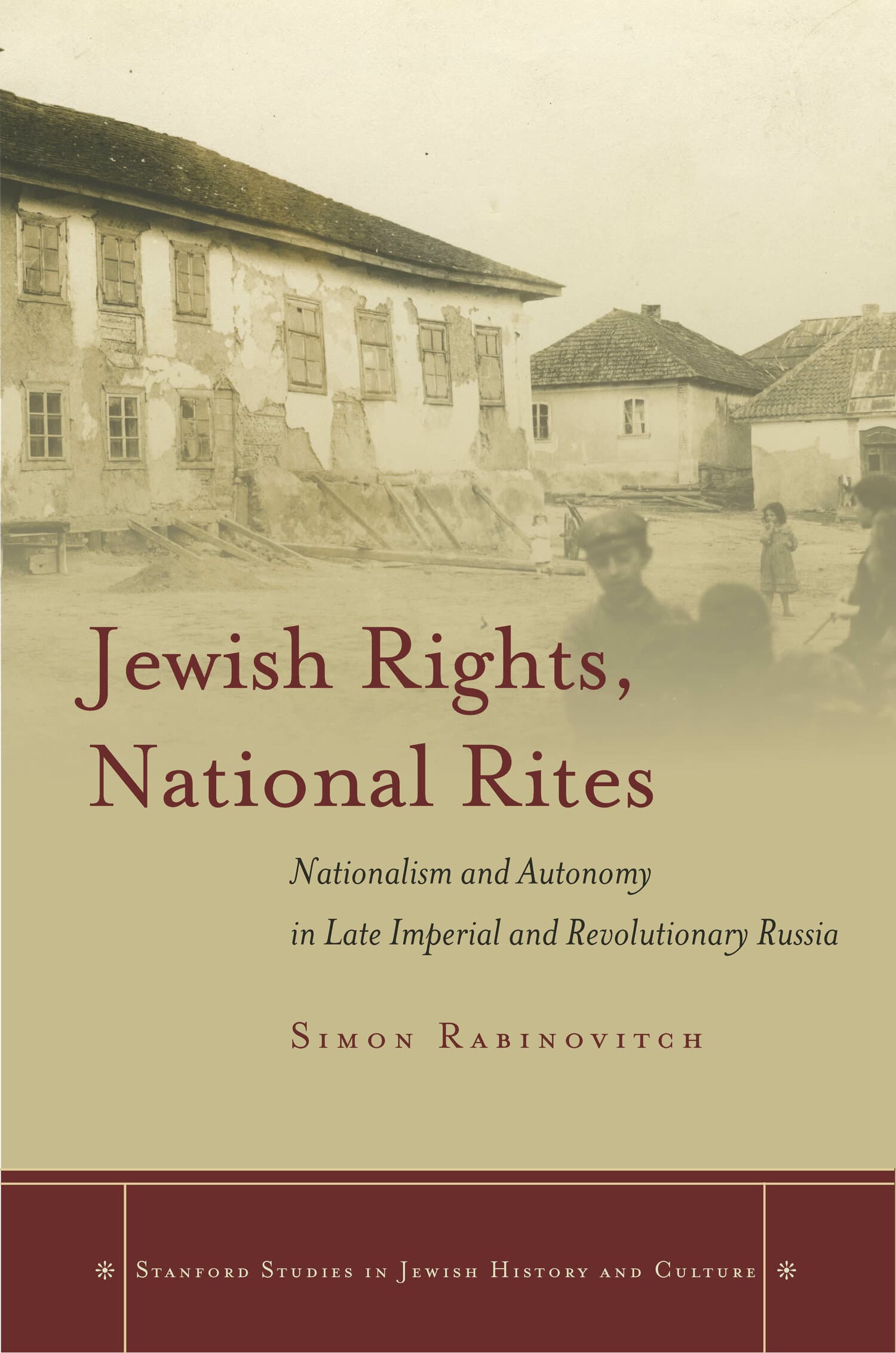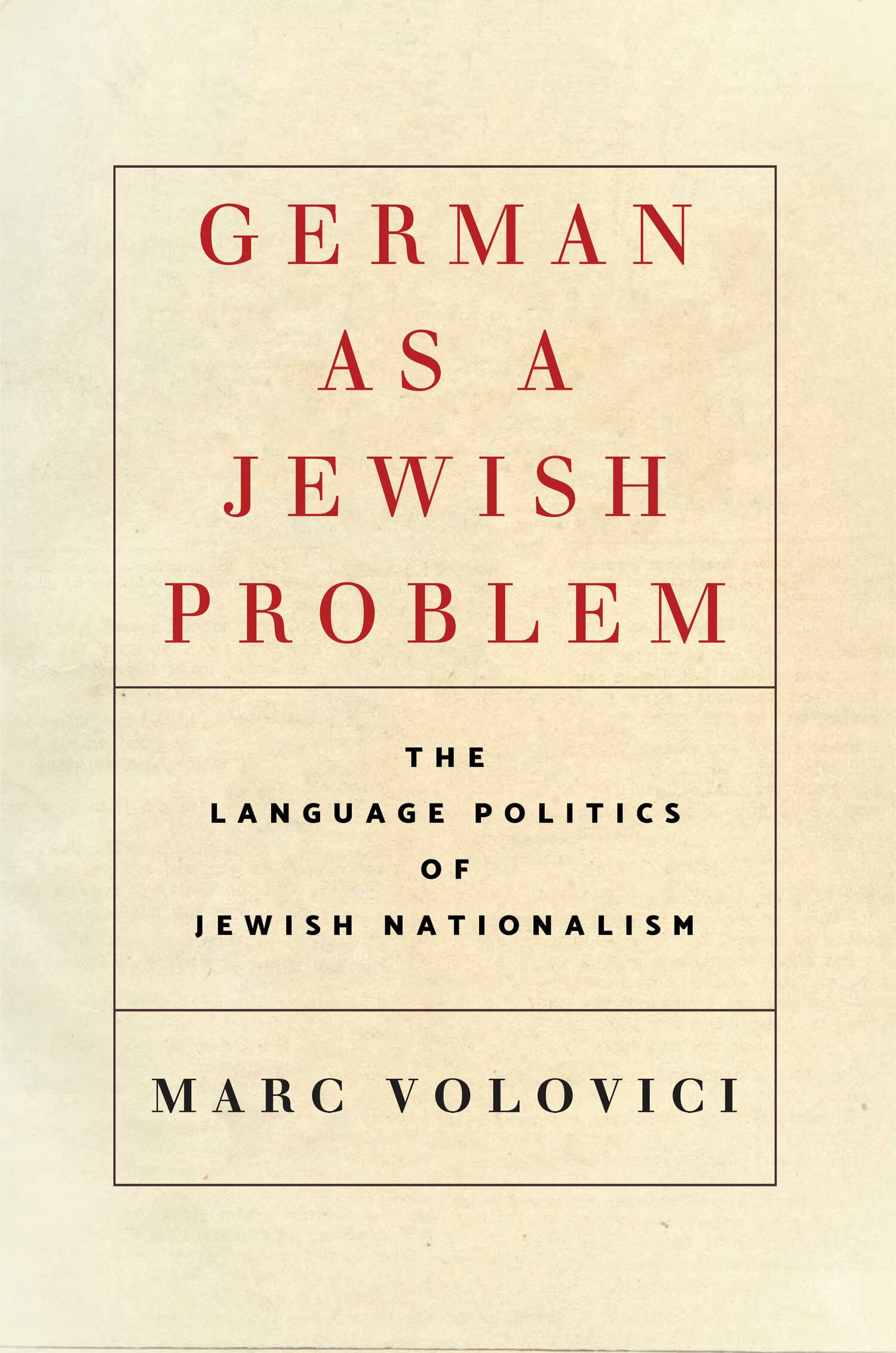It Could Lead to Dancing
Award Winner
2022: Choice Award for Outstanding Academic Title
Winner of the 2022 Choice Award for Outstanding Academic Title, sponsored by the American Library Association.2021: National Jewish Book Awards
Finalist of the 2021 National Jewish Book Awards, Modern Jewish Thought & Experience category, sponsored by the Jewish Book Council.

Dances and balls appear throughout world literature as venues for young people to meet, flirt, and form relationships, as any reader of Pride and Prejudice, War and Peace, or Romeo and Juliet can attest. The popularity of social dance transcends class, gender, ethnic, and national boundaries. In the context of nineteenth- and twentieth-century Jewish culture, dance offers crucial insights into debates about emancipation and acculturation. While traditional Jewish law prohibits men and women from dancing together, Jewish mixed-sex dancing was understood as the very sign of modernity––and the ultimate boundary transgression.
Writers of modern Jewish literature deployed dance scenes as a charged and complex arena for understanding the limits of acculturation, the dangers of ethnic mixing, and the implications of shifting gender norms and marriage patterns, while simultaneously entertaining their readers. In this pioneering study, Sonia Gollance examines the specific literary qualities of dance scenes, while also paying close attention to the broader social implications of Jewish engagement with dance. Combining cultural history with literary analysis and drawing connections to contemporary representations of Jewish social dance, Gollance illustrates how mixed-sex dancing functions as a flexible metaphor for the concerns of Jewish communities in the face of cultural transitions.
"Extensively researched and deftly written, Sonia Gollance's rich study guides us through a nuanced cultural history of Jewish mixed-sex dancing from the long nineteenth century into the present day. It Could Lead to Dancing confirms the importance of the Jewish perspective in literary dance studies, casting light on the dance floor as a site where social comportment reflected the political pursuits of acculturation, emancipation, and female empowerment."—Lucia Ruprecht, Emmanuel College, University of Cambridge
"What is arguably the most important aspect of Gollance's book... is its tackling one of the most well-known, yet little examined, topics of Jewish culture—the place of mixed-sex dancing in Jewish life, where mixed-sex dancing relates to social or vernacular dancing between men and women. ... what she aims to prove, and does so very effectively, is that tracing the existence of mixed-sex dancing... is not only about witnessing changing ideas of sexuality but how Jews addressed the radical transformations arising from modernity during the period spanning from the Enlightenment to World War II... These shifts relate to gender roles, secularization, debates about Jewish emancipation, urbanization, migration, and war."—Naomi Jackson, In geveb: A Journal of Yiddish Studies
"The mixed-sex dance scene, as Gollance successfully argues, is not only a plot device but an aesthetic choice. As such, It Could Lead to Dancing guides readers through a history of dance as both a cultural-historical subject and literary practice that will enhance the work of scholars and Jewish dance activists alike."—Sunny S. Yudkoff, Monatshefte
"Gollance... offers an extensive, fascinating exploration of Jewish mixed-sex dancing... A well-written and fun read. Essential."—K. J. Wetmore Jr., CHOICE
"Like the dance floor, 'a liminal space that eludes all kinds of boundaries,' Gollance... uncovers a field of cultural production that crosses and exposes linguistic and social borders (12). It is a contested field that renders new perspectives on the animating tensions of Jewish modernity."—Matthew Johnson, German Studies Review
"Gollance presents a thorough exploration of the dynamics of mixed-sex dancing and draws compelling parallels to broader social and cultural circumstances surrounding Jews.... Through her nuanced writing, Gollance describes how Jews at times found acceptance from non-Jews in dance contexts, but the acceptance was often temporary or partial."—Rabbanit Dalia Davis, Contemporary Jewry
"Sonia Gollance's It could Lead to Dancing: Mixed-Sex Dancing and Jewish Modernity is a thoroughly researched and engaging study of the role of mixed-sex dancing in modern Jewish life. Gollance mines a wide range of literary resources—novels, memoirs, short stories, plays and poems, in Yiddish, German, Hebrew and English, in the modern period (1780-1940) and beyond."—National Jewish Book Awards Judges
"Gollance excels at interweaving a tremendous amount of research. It Could Lead to Dancing covers multiple centuries, geographic locations, venues, and languages. Indeed, each facet of this interdisciplinary topic is complex, and Gollance selected highly relevant case studies that reveal her material's nuance and scope. Gollance is in thorough command of her subject. It is an impressive feat.... Gollance illuminates complex material and a complex history in a clear, engaging, and compelling way."—Susan Funkenstein, Central European History
"This book is a must-read for anyone studying Jewish-Christian relations, dance studies, Jewish studies in general, or even German bourgeois societies and restrictive (sexual) norms. The book is superbly written, profound, sophisticated, and at the same time intelligible. It is also an exciting read that one does not want to put down until one has finished every page."—Viktoria Pötzl, Feminist German Studies
"[It Could Lead to Dancing] offers a lively way forward in our understanding of the tango between tradition and modernity."—Jenna Weissman Joselit, Studies in Contemporary Jewry




